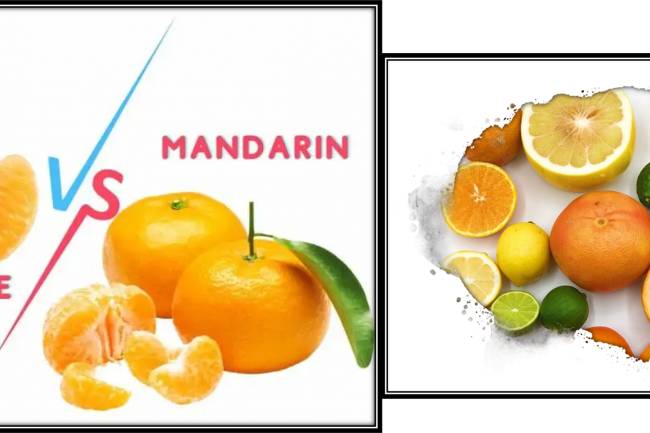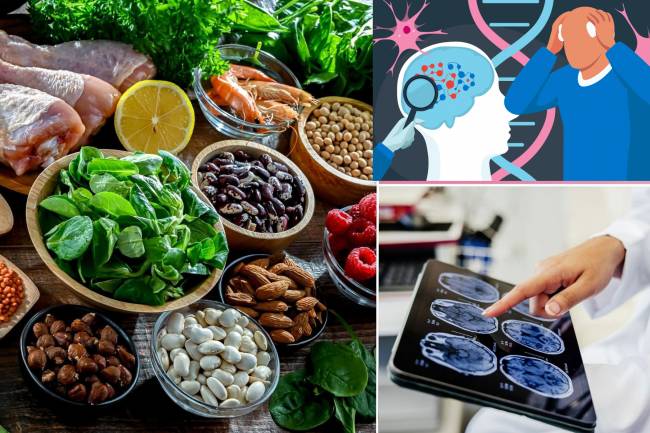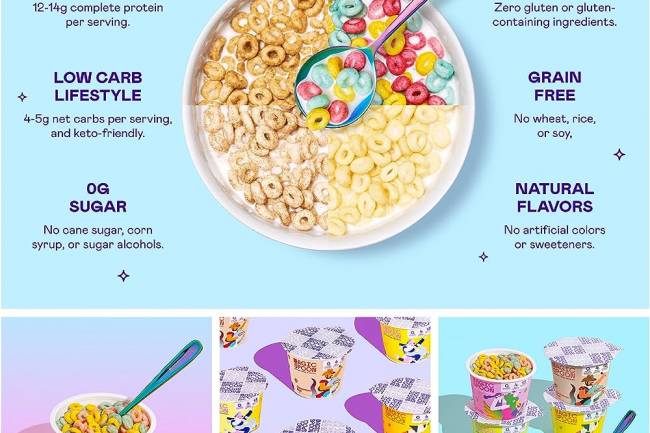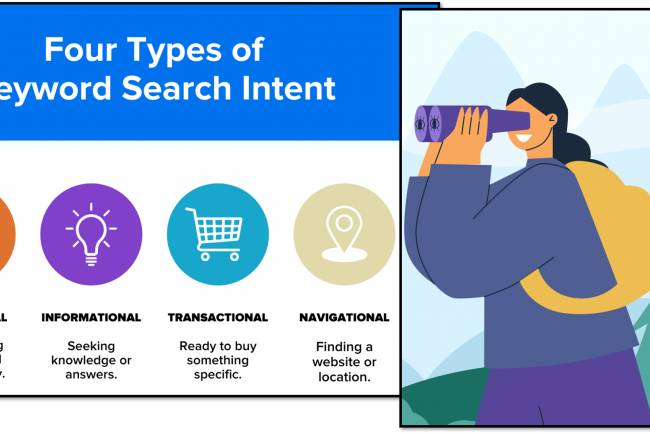
Benefits of Vitamins B1, B6, and B12
Benefits of Vitamins B1, B6, and B12 in Detail:

Table of Contents
Benefits of Vitamins B1, B6, and B12 in Detail: 1
Natural Food Sources of B12. 3
Plant-Based & Fortified Sources. 3
Which fruits and vegetables contain vitamin B12?. 5
Benefits of Vitamin B6 in Detail 6
Best Natural Food Sources of Vitamin B6. 7
Recommended Daily Intake (RDI) 7
Symptoms of Vitamin B6 Deficiency. 8
Benefits of Adequate Vitamin B6. 8
Benefits of Vitamin B1 in Detail 9
What is Vitamin B1 (Thiamine)?. 9
Best Food Sources of Thiamine. 10
Recommended Daily Intake (RDI) 11
Benefits of Adequate Thiamine. 12
Estimated Total Vitamin B6 Intake: 13
Below is a vitamin B12-rich meal plan. 14
Vegetarian/Vegan Alternative. 14
Tips to improve B12 intake: 15
The Best Foods with Vitamin B1 (Thiamine) 15
Sample 1-Day Meal Plan (Rich in Vitamin B1) Breakfast. 15
Benefits of Vitamins B12
Of course! Here's a detailed description of vitamin B12 (cobalamin): its functions, sources, absorption, deficiency symptoms, and supplementation:

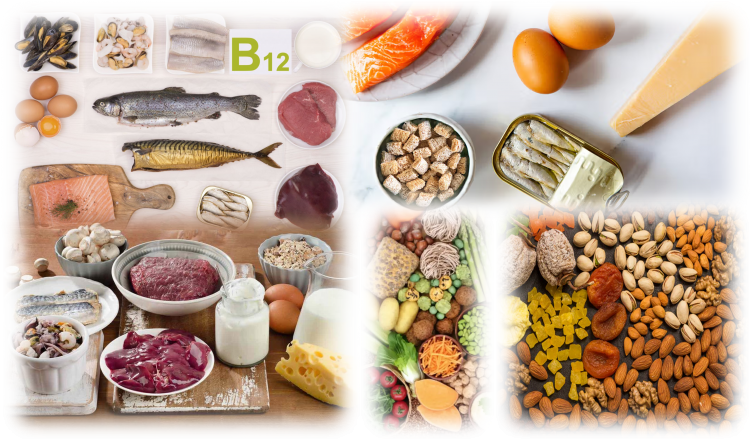
What is Vitamin B12?
Vitamin B12, also known as cobalamin, is a water-soluble vitamin that is essential for many important bodily functions. It is unique because it contains cobalt, a trace mineral.
Functions of Vitamin B12
1. Red Blood Cell Formation
- Helps produce healthy red blood cells and prevent megaloblastic anemia.
2. DNA Synthesis
- It is essential for DNA production during cell division.
3. Nerve Function
- Supports brain health and the development of the myelin sheath (the protective covering that surrounds nerves).
4. Energy Production
- Plays a role in converting food into cellular energy.
5. Heart Health
- Helps reduce homocysteine levels, which are linked to heart disease when elevated.
Natural Food Sources of B12
Vitamin B12 is only found naturally in animal products, such as:
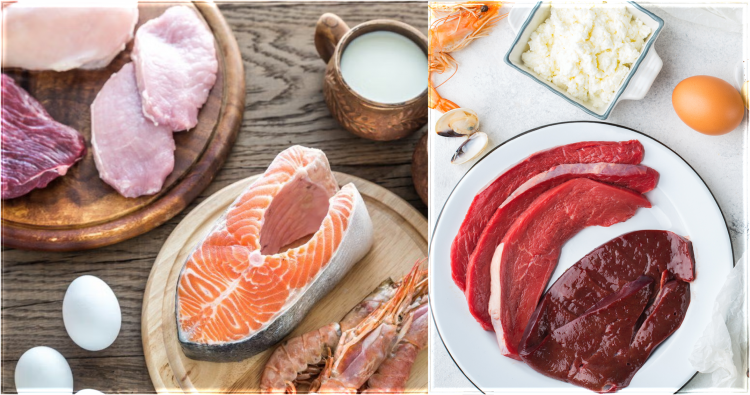
|
Food Source |
Amount per 100g (approx) |
|
Beef liver |
70–85 µg |
|
Clams |
84 µg |
|
Tuna |
10–12 µg |
|
Sardines |
8.9 µg |
|
Salmon |
3.2 µg |
|
Milk (whole) |
0.4–0.9 µg per cup |
|
Eggs |
1.1 µg per 2 eggs |
|
Yogurt |
1.2 µg per cup |
|
Cheese (Swiss) |
3.3 µg per 100g |
Plant-Based & Fortified Sources
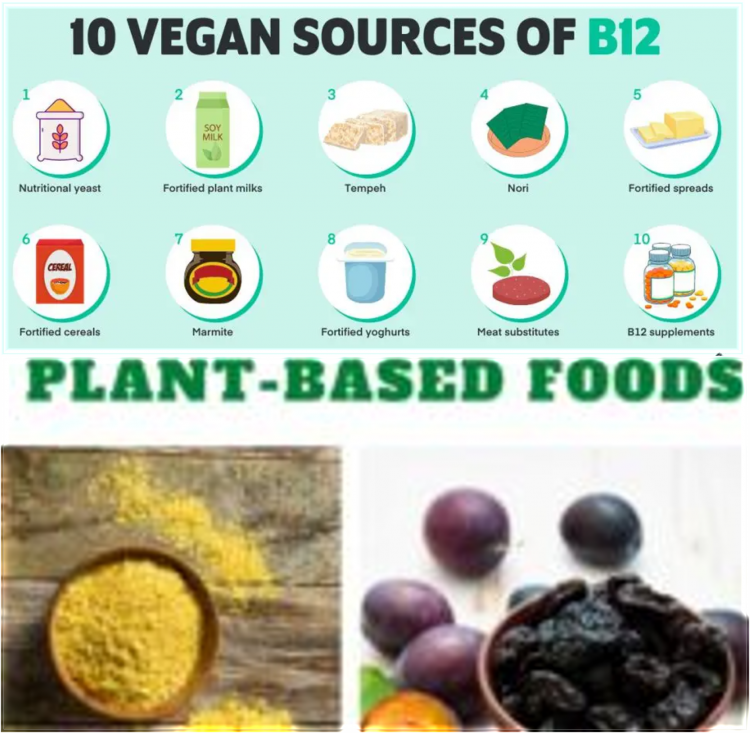
Floras don’t logically contain B12, but some fortified foods do:
|
Fortified Food |
B12 Content |
|
Fortified plant milks (soy, oat, almond) |
1–3 µg per cup |
|
Fortified breakfast cereals |
1–6 µg per serving |
|
Fortified nutritional yeast |
2.4–5 µg per tablespoon |
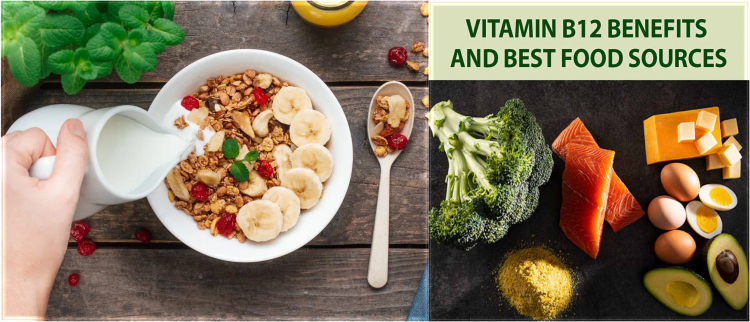
Recommended Daily Intake (RDI) B12
|
Group |
Daily Amount |
|
Adults |
2.4 µg |
|
Pregnant women |
2.6 µg |
|
Breastfeeding women |
2.8 µg |
|
Older adults (50+) |
Often require supplements due to absorption issues |

Vitamin B12 Deficiency
Who is at risk?
- Vegetarians and vegans
- Older adults
- People with digestive disorders (e.g., Crohn's disease, celiac disease)
- People taking proton pump inhibitors or metformin
- People who have undergone gastrointestinal surgery (e.g., gastric bypass)
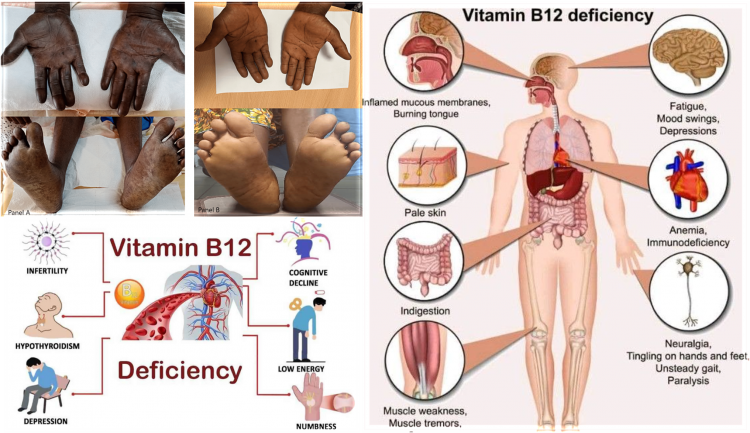
Common symptoms:
- Fatigue or weakness
- Yellow or jaundiced skin
- Numbness/tingling in the hands and feet (neuropathy)
- Memory problems or brain fog
- Depression or mood swings
- Glossitis (swollen tongue)
A severe, untreated deficiency can lead to irreversible nerve damage.
B12 Absorption
Absorption is required by:
- Intrinsic factor, a protein produced in the stomach.
- Healthy stomach acid, to release vitamin B12 from food.
Because of this, people with digestive problems may need higher-dose injections or oral supplements.
Appendix
Categories:
- Cyanocobalamin (synthetic, stable form)
- Methyl cobalamin (natural, bioactive form)
Hydroxocobalamin (common in injections)
Form:
- Tablets
- Sublingual drops
- Nasal sprays
- Injections (for people with absorption problems)
Dose varies depending on need, but the most common supplements are 250–1000 mcg daily.
You can follow this table
|
Key Role |
Description |
|
Wanted for |
Blood, brain, nerves, energy |
|
Normal sources |
Only animal-based nutriments |
|
Plant-based replacements |
Fortified foods and complements |
|
Shortage risk |
High in vegans, ageing, those with GI issues |
|
Conduct |
Supplements (oral, sublingual, or injections) |
Let me know if you want a vegetarian B12 meal plan, help selecting a B12 supplement, or a blood test guide to check your B12 levels.
Which fruits and vegetables contain vitamin B12?
in little quantity
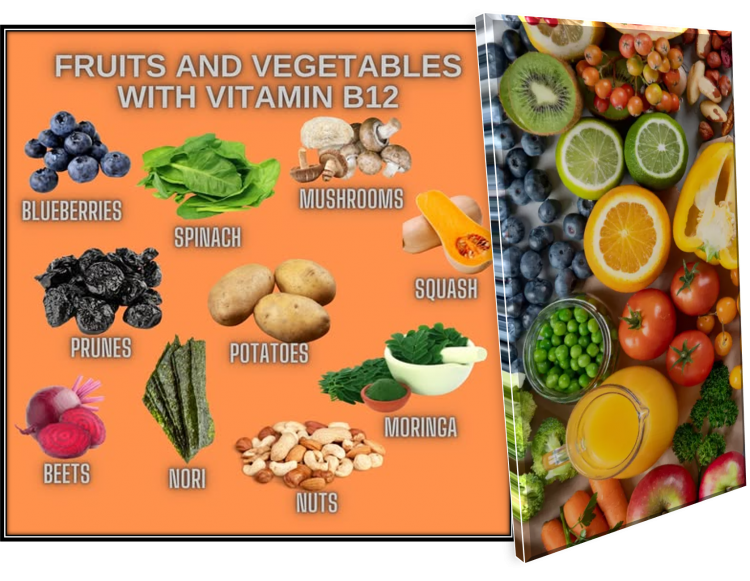
Vitamin B12 (cobalamin) is not found naturally in fruits or vegetables. It is found primarily in animal products, such as:
- Meat (especially liver)
- Fish and shellfish
- Eggs
- Dairy products (milk, cheese, yogurt)
Why?
- Vitamin B12 is synthesized by certain bacteria and is not produced by plants. Therefore, plants (including fruits and vegetables) do not naturally contain vitamin B12 unless they are fortified.
Plant-based sources of vitamin B12 (fortified or supplemented):
If you are vegan or vegetarian, you can get vitamin B12 from:
- Fortified plant milks (such as soy, almond, oat)
- Fortified breakfast cereals
- Nutritional yeast (if labelled as B12-fortified)
- B12 supplements (pills, drops, or injections)
You can say that
Type of vitamin B12 source?
- Fruit is not a source.
- Vegetables are not a source.
- Animal products Rich source
- Fortified plant food Good other
- Supplements Reliable option
Benefits of Vitamin B6 in Detail
I give you a complete and detailed guide to vitamin B6, including its functions, food sources, health benefits, deficiency symptoms, and supplementation.
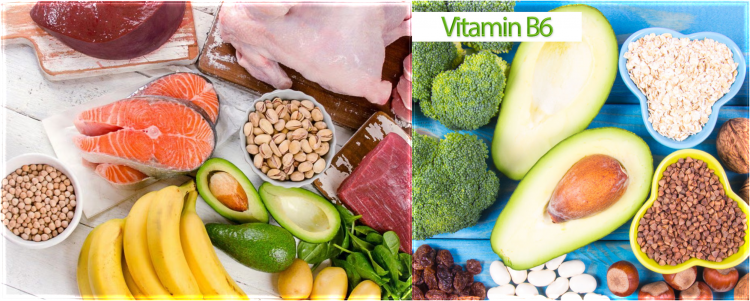
What is Vitamin B6?
Vitamin B6, also known as pyridoxine, is a water-soluble B vitamin that plays an important role in many bodily functions, particularly metabolism, the nervous system, and immune health.
There are six forms of B6, but the active form used by the body is pyridoxal 5'-phosphate (PLP).
Functions of Vitamin B6
1. Amino Acid Metabolism
- Helps the body break down and produce proteins.
- Converts amino acids into energy or other essential compounds.
2. Neurotransmitter Synthesis
- Necessary to produce serotonin, dopamine, norepinephrine, and GABA, which affect mood, sleep, and attention.
3. Red Blood Cell Production
- Aids in haemoglobin synthesis and oxygen transport.
4. Immune Function
- Supports the production of white blood cells and antibodies.
5. Hormonal Regulation
- Helps balance estrogen and progesterone, especially important for PMS symptoms.
6. Homocysteine Regulation
- Works with B12 and folate to reduce homocysteine, which is a risk factor for heart disease.
Best Natural Food Sources of Vitamin B6
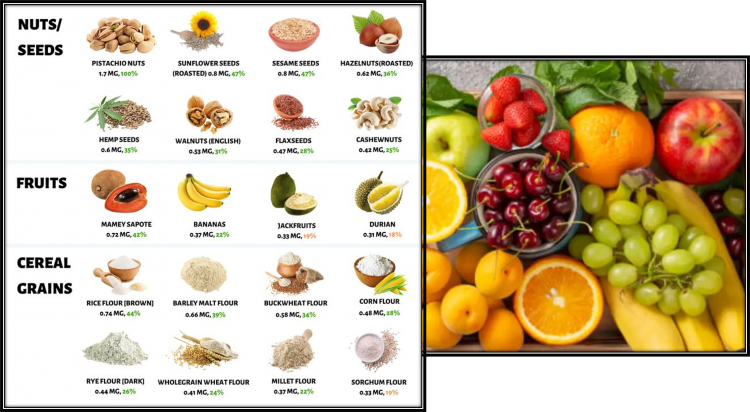

|
Food |
B6 per 100g |
Notes |
|
Chickpea plant (cooked) |
0.55 mg |
Outstanding plant source |
|
Tuna fish (yellowfin, cooked) |
1.0 mg |
Rich in B6 |
|
Salmon |
0.9 mg |
Decent source |
|
Chicken breast (cooked) |
0.6–0.9 mg |
High in bioavailability |
|
Beef liver |
0.9 mg |
Nutrient-dense |
|
Potatoes (baked) |
0.3–0.5 mg |
Best vegetable source |
|
Bananas |
0.4 mg |
Easy everyday source |
|
Fortified cereals |
Varies (up to 2 mg) |
Check label for exact amount |
|
Spinach (cooked) |
0.2–0.3 mg |
Slight source |
|
Avocados |
0.25 mg |
Also rich in strong fats |
Recommended Daily Intake (RDI)
|
Group |
Daily B6 Requirement |
|
Adults (19–50 yrs) |
1.3 mg |
|
Men (51+ yrs) |
1.7 mg |
|
Women (51+ yrs) |
1.5 mg |
|
Pregnant women |
1.9 mg |
|
Breastfeeding women |
2.0 mg |
Symptoms of Vitamin B6 Deficiency
Deficiency is rare, but may include:
- People with kidney disease or alcoholism.
- Some medications they are taking (e.g., isoniazid, hydralazine, or oral contraceptives)
- People with malabsorption problems (e.g., celiac disease, Crohn's disease)
Symptoms include:
- Fatigue and irritability
- Cracking at the corners of the mouth (cheilitis)
- Swelling, sores on the tongue (glossitis)
- Depression or confusion
- Weak immune system
- Numbness or tingling in the hands and feet (neuropathy)
- PMS-like symptoms
Supplement
Available as pyridoxine hydrochloride or pyridoxal-5-phosphate (PLP).
- Typical supplement doses range from 10 to 100 mg/day, although megadoses (>200 mg/day) can cause nerve damage when used long-term.
Caution:
- Long-term use of high doses (usually 200 mg per day for months) can cause sensory neuropathy, a serious nerve condition.
Benefits of Adequate Vitamin B6
|
Benefit |
Description |
|
Mood stability |
Helps yield serotonin and dopamine |
|
Brain health |
Ropes cognition and nerve function |
|
PMS relief |
Can reduce irritability, bloating, and cramps |
|
Nausea relief in pregnancy |
Often used with B12 or doxylamine |
|
Heart protection |
Drops homocysteine levels |
|
Immune support |
Helps fight off infections |
Who might need more B6?
Pregnant or breastfeeding women
- Vegetarians (get less from food, but usually get enough)
- Older adults
- Intoxicated individuals
- People with liver or kidney disease
Those taking long-term medicines that affect with B6 metabolism.
Note this Table
|
Feature |
Vitamin B6 |
|
Type |
Water-soluble |
|
Functions |
Metabolism, brain health, immunity |
|
Bases |
Poultry, fish, potatoes, bananas, chickpeas |
|
Lack of symptoms |
Fatigue, irritability, nerve issues |
|
RDI (adults) |
1.3–1.7 mg |
|
Toxicity risk |
High doses >200 mg/day long-term |
|
Supplement forms |
Pyridoxine, PLP |
Benefits of Vitamin B1 in Detail
Yes, I will provide you with a detailed description of vitamin B1, also known as thiamine, covering its functions, sources, benefits, deficiency symptoms, and more.
What is Vitamin B1 (Thiamine)?
Vitamin B1 (thiamine) is a water-soluble B-complex vitamin that is essential for energy production, nervous system function, and muscle health. It was the first B vitamin, which is why it's called B1.
Functions of Vitamin B1
1. Energy Production
Converts carbohydrates into glucose (energy).
- Key coenzyme (TPP - thiamine pyrophosphate) in the Krebs cycle and glycolysis.
2. Nervous System Support
- Maintains healthy nerve impulse transmission.
- Supports muscle contraction, including that of the heart.
3. Brain Function
- Important for memory, attention, and cognitive performance.
- Helps in the synthesis of neurotransmitters such as acetylcholine.
4. Heart Function
- Helps regulate heart rate and prevent cardiomyopathy.
Best Food Sources of Thiamine
|
Food |
Thiamine per 100g |
Notes |
|
|
Pork (lean, cooked) |
0.9 mg |
One of the best sources |
|
|
Sunflower seeds |
1.5 mg |
Excellent plant-based source |
|
|
Brown rice (cooked) |
0.2–0.3 mg |
Better than white rice |
|
|
Whole grains (e.g., oats, wheat germ) |
0.5–1.0 mg |
High in unrefined form |
|
|
Black beans |
0.4 mg |
Good vegetarian source |
|
|
Fortified cereals |
1.0–2.0 mg |
Check labels |
|
|
Green peas |
0.3 mg |
Easy to add to meals |
|
|
Asparagus |
0.2 mg |
Nutrient-rich vegetable |
|
|
Eggs |
0.04 mg |
Small amount, but useful in mixed diet |
|
|
Liver (beef/chicken) |
0.2–0.4 mg |
Nutrient dense |
|
Memo: Thiamine is demolished by heat, alcohol, and food processing, particularly in white rice, white flour, and sugar.
Recommended Daily Intake (RDI)
|
Group |
Daily B1 Requirement |
|
Adult men |
1.2 mg |
|
Adult women |
1.1 mg |
|
Pregnant women |
1.4 mg |
|
Breastfeeding women |
1.5 mg |
Thiamine Deficiency
Who’s at risk?
- Long-lasting alcohol users
- People with malabsorption (e.g., Crohn’s, bariatric surgery, etc)
- Those on strong-carbohydrate, low-nutrient diets
- People with prolonged vomiting (e.g., during pregnancy)
- Patients on dialysis
Symptoms of Deficiency:
1. Primary Symbols:
- Fatigue, irritability
- Poor concentration
- Muscle weakness
- Loss of appetite
2. Moderate to Severe Shortage:
- Beriberi (two forms):
- Dry beriberi: nerve damage, muscle wasting, tingling, paralysis
- Wet beriberi: cardiovascular symptoms like enlarged heart, fluid retention, shortness of breath
- Wernicke-Korsakoff Condition (mostly in alcoholics):
- Wernicke’s encephalopathy: confusion, loss of coordination, eye movement issues
- Korsakoff’s psychosis: memory loss, hallucinations, personality changes
Supplementation
- Available as thiamine hydrochloride, thiamine mononitrate, or benfotiamine (a fat-soluble form with higher bioavailability).
- Common doses: 10–100 mg/day for general use, up to 500 mg/day in deficiency treatment.
- Often included in B-complex supplements or multivitamin pill.
Generally safe, as excess is excreted in urine.
Benefits of Adequate Thiamine
|
Benefit |
Description |
|
Boosts energy |
Converts carbs to ATP |
|
Supports nerve health |
Prevents neuropathy |
|
Enhances brain function |
Memory, focus, mood |
|
Aids heart health |
Supports muscle function in heart |
|
Helps in stress adaptation |
Used up more in physical/emotional stress |
When You Might Need More
- Intense physical activity or high-carb diet
- Alcohol use
- During stress, illness, or recovery
- Vegan/vegetarian diets without fortified grains
Noted it.
|
Feature |
Vitamin B1 |
|
Type |
Water-soluble |
|
Functions |
Energy metabolism, nerve and brain health |
|
Best sources |
Pork, sunflower seeds, whole grains, legumes |
|
RDI |
~1.1–1.2 mg for adults |
|
Deficiency risk |
Alcoholics, high-carb diets, malabsorption |
|
Diseases from deficiency |
Beriberi, Wernicke-Korsakoff syndrome |
|
Supplement form |
Thiamine or Benfotiamine |
Vitamin B6-Rich Diet Plan
Below is a one-day diet plan rich in vitamin B6. Vitamin B6 (pyridoxine) is essential for brain growth, immune function, and the metabolism of proteins, carbohydrates, and fats. It is found in a variety of foods, including poultry, fish, potatoes, bananas, and fortified cereals.
Breakfast
- 2 whole eggs (source of B6)
- 1 cup spinach (low in vitamin B6)
- 1 slice of whole-wheat toast
- 1 banana (best source of B6)
- 1 cup low-fat milk (optional for added nutrients)
Vitamin B6 estimate: ~0.8–1 mg
Lunch
- Meal: Grilled chicken breast with quinoa and roasted vegetables
- 4 oz grilled chicken breast (rich in B6)
- ½ cup cooked quinoa
- Roasted vegetables: carrots, bell peppers, and broccoli
- Mixed green salad with olive oil dressing
Vitamin B6 estimate: ~1.2–1.5 mg
Dinner
- Lunch: Baked salmon with sweet potatoes and steamed asparagus
- 4 oz baked salmon (rich in B6)
- 1 medium sweet potato (best source of B6)
- Steamed asparagus or green beans
Vitamin B6 estimate: ~1.5–2.0 mg
Estimated Total Vitamin B6 Intake:
~5–7 mg per day, which is more than the Recommended Daily Intake:
- RDA for adults:
- Women (19–50 years): 1.3 mg
- Men (19–50 years): 1.3 mg
Below is a vitamin B12-rich meal plan.
Here is a vitamin B12-rich meal plan calculated to help maintain healthy energy levels, brain function, and red blood cell production.
Day 1
- Breakfast: Scrambled eggs with spinach and cheddar cheese.
- Eggs and cheese are good sources of B12.
- Breakfast: Greek yogurt with chia seeds and blueberries.
- Greek yogurt is rich in B12.
- Lunch: Grilled salmon with quinoa and steamed broccoli.
- Salmon is one of the best sources of B12.
- Dinner: Lean beef sautéed with bell peppers and brown rice.
- Beef contains high levels of B12.
Day 2
- Breakfast: Fortified breakfast cereal with milk and banana.
- Lunch: Turkey sandwich on whole-wheat bread with avocado and tomato.
- Turkey is a solid source of B12.
- Snack: Cheese and apple stick
- Dinner: Baked cod with sweet potato mash and roasted kale.
- Cod is rich in B12.
Day 3
- Breakfast: Omelette with mushrooms, tomatoes, and Swiss cheese.
- Snack: Fortified nutritional shake (check label for vitamin B12)
- Lunch: Chicken Caesar salad with hard-boiled eggs and Parmesan cheese.
- Dinner: Lamb chops with garlic green beans and couscous.
Vegetarian/Vegan Alternative
Vegetarian sources of vitamin B12:
- Eggs
- Dairy (milk, cheese, yogurt)
- Fortified foods (grains, soy products, nutritional yeast)
- Vegan sources of B12 (must be fortified):
- Fortified plant-based milk (soy, almond, oat)
- Strong nutritional yeast
- Strong grains
- B12 supplements (recommended)
Sample vegan day:
- Breakfast: Fortified oatmeal with almond milk and berries.
- Breakfast: B12-fortified nutritional yeast sprinkled on popcorn.
- Lunch: Sautéed tofu with brown rice and broccoli.
- Snack: Fortified plant-based yogurt.
- Dinner: Lentil and vegetable stew with whole-wheat bread + B12 supplement.
Tips to improve B12 intake:
- Cooking: Gentle cooking (such as steaming or poaching) preserves more vitamin B12 in foods.
- Supplementation: Especially for vegetarians, older adults, or those with absorption problems.
- Check the label: Look for “B12-fortified” on plant-based products and grains.
Vitamin B1-Rich Diet Plan
Below is a vitamin B1 (thiamin)-rich diet plan to help ensure adequate intake of this essential B vitamin, which supports energy-yielding metabolism and nervous system function. The recommended daily intake for adult women is approximately 1.1 mg and for adult men is 1.2 mg.
The Best Foods with Vitamin B1 (Thiamine)
- Whole grains (brown rice, oatmeal)
- Beans (lentils, black beans)
- Sunflower seeds
- Whole grains
- Green peas
- Trout
- Eggs
Sample 1-Day Meal Plan (Rich in Vitamin B1) Breakfast
- 1 bowl of fortified whole-grain cereal (e.g., whole wheat, whole-grain bran)
- 1 cup of low-fat milk or fortified plant-based milk
- 1 slice of whole-wheat toast with almond butter
- 1 small banana
Lunch
- Meat
- 1/2 cup of brown rice
- 1 cup of boiled green peas
- Mixed green salad with sunflower seeds and oil Olive oil
Approximately 0.9 mg of thiamine
Dinner
- Lentil and vegetable stew (1.5 cups)
- 1 slice of whole-wheat bread
- Side of steamed spinach with garlic
Approximately 0.8 mg of thiamine
thanks
